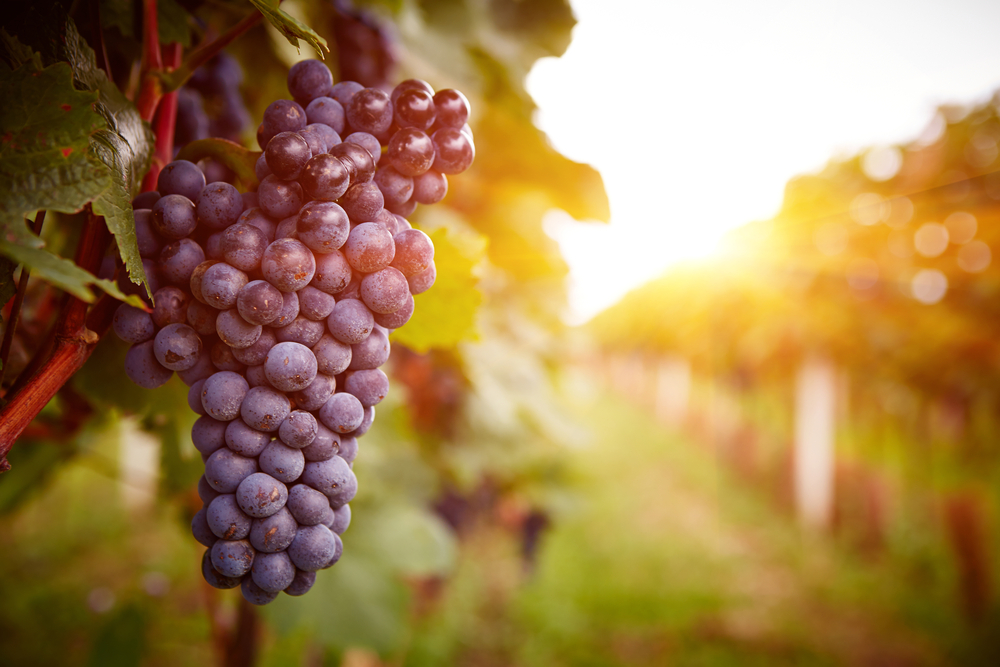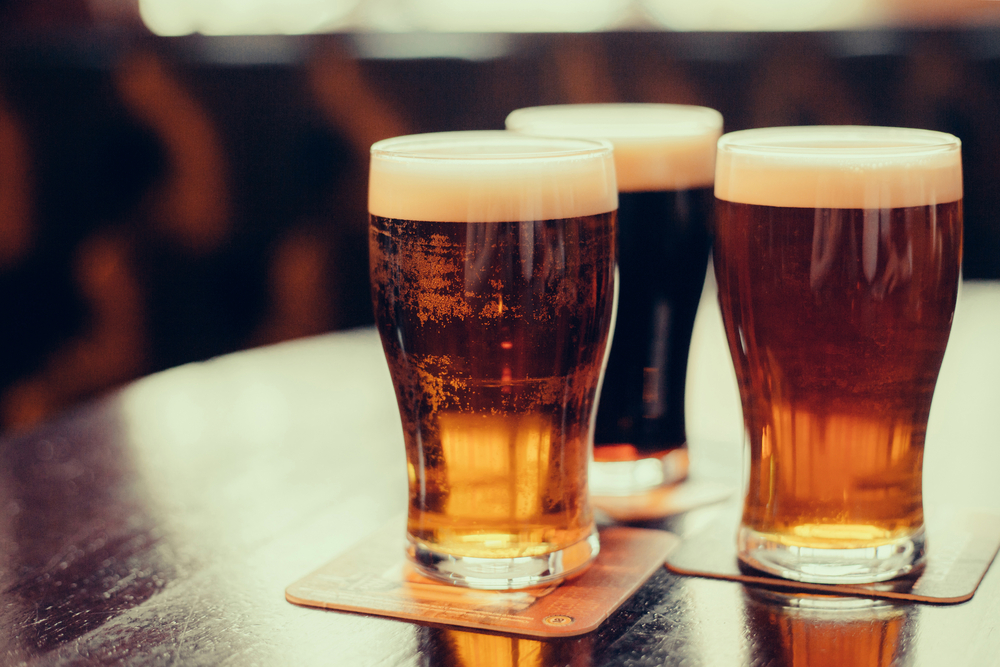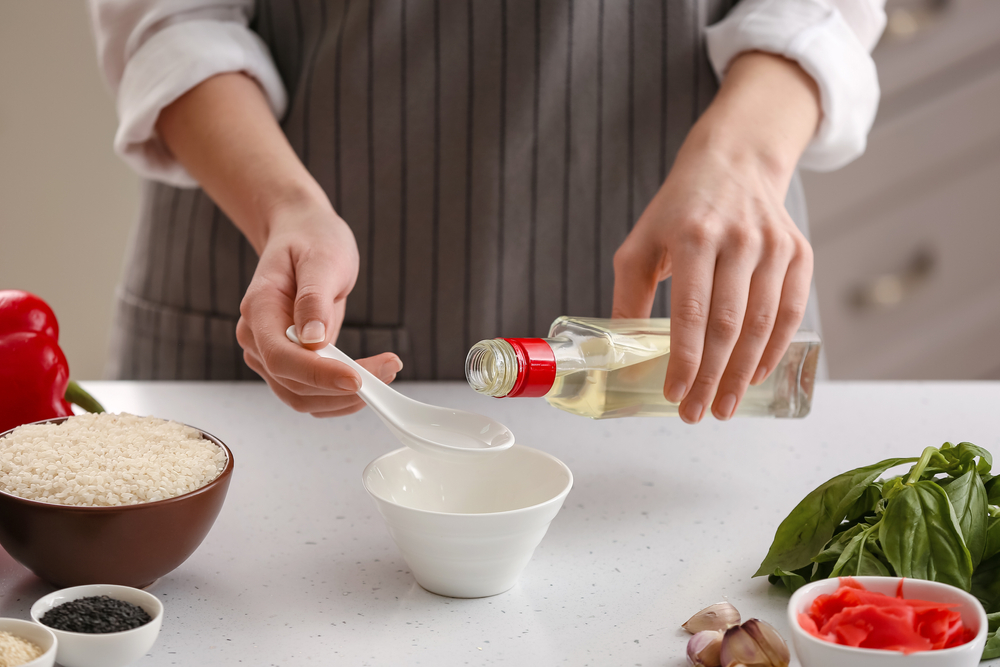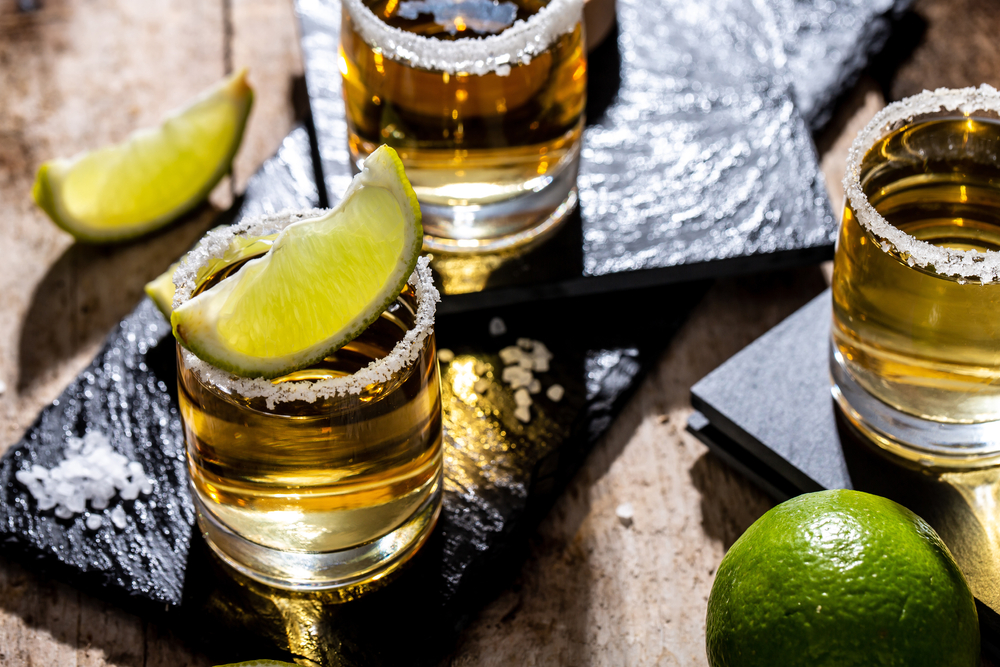Wine is a popular alcoholic beverage that has been enjoyed for centuries. It is made from fermented grapes and comes in a variety of types and flavors.
But what does wine taste like? For those who are new to wine, understanding the basic taste of wine can be a bit overwhelming.
The taste of wine is influenced by a variety of factors, including the type of grapes used, the fermentation process, and the aging process.
Red wine and white wine also have different taste profiles. Additionally, wine can have different levels of sweetness and acidity, and the texture and body of the wine can also impact its taste.
Understanding these basic concepts can help you appreciate the nuances of different types of wine and enhance your wine tasting experience.
Key Takeaways
- Wine taste is influenced by a variety of factors, including the type of grapes, fermentation process, and aging process.
- Red wine and white wine have different taste profiles.
- Understanding the basic taste of wine can enhance your wine tasting experience.
Understanding the Basic Taste of Wine

Wine is a complex beverage that has a wide range of flavors and aromas. When tasting wine, it is important to understand the basic taste components that make up its flavor profile. These include sweetness, acidity, tannin, and body.
Sweetness
Sweetness is one of the most noticeable aspects of wine taste. It is determined by the amount of residual sugar left in the wine after fermentation.
Sweetness can range from bone-dry to dessert-sweet. Some of the most popular sweet wines include Port, Moscato, and Riesling.
Acidity
Acidity is another important element of wine taste. It is responsible for the tangy or zesty sensation that you feel on your tongue.
Wines with high acidity are often described as crisp or refreshing, while those with low acidity can taste flat or dull. Examples of high-acid wines include Sauvignon Blanc, Pinot Noir, and Chianti.
Tannin
Tannin is a compound that is found in the skins, seeds, and stems of grapes. It is responsible for the dry, puckering sensation that you feel in your mouth when you drink red wine. Tannin can also be found in some white wines, such as Chardonnay.
Body
Body is a term used to describe the weight and texture of wine. It can range from light and delicate to full and robust. Wines with a heavier body often have a higher alcohol content and a more intense flavor profile. Examples of full-bodied wines include Cabernet Sauvignon, Syrah, and Malbec.
Overall, understanding the basic taste components of wine can help you appreciate and enjoy it more fully. By paying attention to sweetness, acidity, tannin, and body, you can identify the unique characteristics of different wines and develop your own personal taste preferences.
The Role of Grapes in Wine Taste

Grapes play a crucial role in the taste of wine. The type of grape used in winemaking has a significant impact on the flavor, aroma, and texture of the wine. Grapes used in winemaking can be broadly classified into two categories: white grapes and red grapes.
White grapes are typically used in the production of white wines, although they can also be used in the production of some sparkling wines. White grapes tend to have a higher sugar content and lower acidity than red grapes.
This results in white wines having a lighter body, with flavors that are more delicate and subtle. Some common white grape varieties used in winemaking include Chardonnay, Sauvignon Blanc, and Riesling.
Red grapes, on the other hand, are used in the production of red wines. Red grapes have a thicker skin and more tannins than white grapes, which gives red wines their characteristic bold flavor and tannic structure.
Some common red grape varieties used in winemaking include Cabernet Sauvignon, Merlot, and Pinot Noir.
The flavor of wine is not solely determined by the type of grape used. The climate, soil, and winemaking techniques used also play a significant role in the taste of the wine. However, the grape variety is one of the most important factors in determining the flavor profile of the wine.
In addition to the type of grape used, the ripeness of the grapes also affects the taste of the wine. Grapes that are picked earlier tend to have higher acidity and lower sugar content, resulting in wines that are more tart and crisp.
Grapes that are picked later tend to have lower acidity and higher sugar content, resulting in wines that are sweeter and more full-bodied.
In conclusion, the type of grape used in winemaking is a crucial factor in determining the taste of wine. White grapes tend to produce lighter, more delicate wines, while red grapes produce bolder, more tannic wines. The ripeness of the grapes also plays a significant role in the taste of the wine.
Red Wine Vs. White Wine
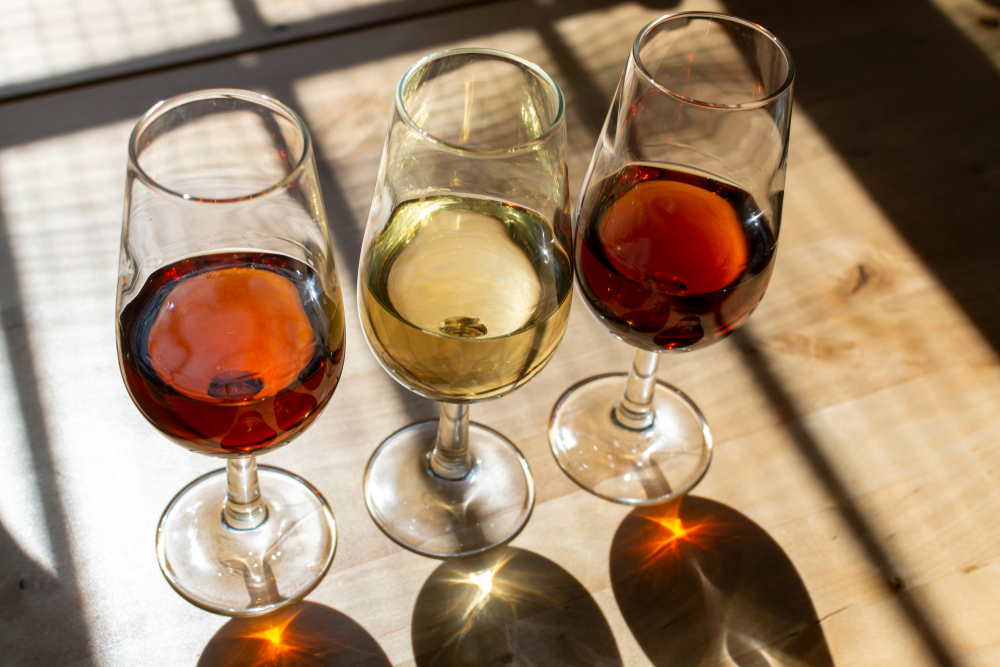
When it comes to wine, the two most popular types are red and white. The main difference between the two is the color, which comes from the type of grape used. Red wine is made from dark grapes, while white wine is made from lighter-colored grapes.
Another key difference between red and white wine is the level of tannin. Tannin is a naturally occurring substance found in grape skins, seeds, and stems.
It gives red wine its characteristic dry, puckering sensation in the mouth. White wine, on the other hand, has a lower level of tannin, which makes it taste lighter and more refreshing.
In terms of acidity, white wine tends to be higher in acidity than red wine. This gives it a bright, zesty flavor that pairs well with lighter foods. Red wine, on the other hand, has a lower acidity level, which gives it a rich, velvety flavor that pairs well with heartier dishes.
When it comes to taste, red wine is known for its complex flavors, which can range from fruity to spicy to earthy. White wine, on the other hand, is known for its crisp, clean flavors, which can range from citrusy to floral to mineral.
Overall, the choice between red and white wine comes down to personal preference and the occasion. Red wine is a great choice for cooler weather and hearty meals, while white wine is perfect for warm weather and lighter fare.
The Aroma of Wine
The aroma of wine is an essential aspect of its taste. It is the smell of the wine in the glass, which can be floral, fruity, spicy, or any number of familiar scents.
The aroma can depend on the grape variety used, the winemaking process implemented, and the wine’s storage conditions.
Wine aromas can be broadly classified into three categories: primary, secondary, and tertiary. Primary aromas come from the grape variety used to make the wine. For example, a Chardonnay wine may have primary aromas of apple, pear, or citrus.
Secondary aromas come from the fermentation and aging process, such as the scent of yeast or oak. Tertiary aromas develop during the aging process and can include earthy, nutty, or spicy notes.
The aroma of wine can also be described in terms of its intensity, complexity, and persistence. Intensity refers to how strong the aroma is, while complexity refers to the number of different scents present. Persistence refers to how long the aroma lingers after the wine is tasted.
Different grape varieties can produce different aromas in wine. For example, a Cabernet Sauvignon may have aromas of blackcurrant, while a Pinot Noir may have aromas of cherry or raspberry. White wines can have floral aromas, such as honeysuckle or jasmine, or fruity aromas, such as peach or apricot.
In conclusion, the aroma of wine is an essential aspect of its taste. It can be influenced by the grape variety used, the winemaking process, and the wine’s storage conditions.
Wine aromas can be classified into primary, secondary, and tertiary categories and can be described in terms of intensity, complexity, and persistence. Different grape varieties can produce different aromas in wine, ranging from floral to fruity to spicy.
The Influence of Fermentation on Wine Taste

Fermentation is a crucial step in the winemaking process that can greatly influence the taste of wine. During fermentation, yeast consumes the sugar in grape juice and converts it into alcohol and carbon dioxide.
The length of fermentation and the temperature at which it occurs can affect the flavor profile of the finished wine.
One of the most significant ways that fermentation influences wine taste is through its impact on alcohol content. Wines with higher alcohol content tend to have a fuller body and a richer flavor profile, while wines with lower alcohol content may be lighter and more delicate.
Fermentation also plays a role in the development of tannins, which contribute to a wine’s structure and can affect its aging potential.
The fermentation process can also introduce certain flavors and aromas to the wine. For example, fermentation at higher temperatures can result in fruity and floral aromas, while cooler temperatures can preserve more subtle aromatics.
Additionally, certain strains of yeast can produce unique flavors and aromas, such as the “barnyard” or “funky” notes associated with some natural or wild yeast fermentations.
Winemakers have a variety of techniques at their disposal to control the fermentation process and achieve the desired flavor profile. For example, they may choose to use specific yeast strains or adjust the temperature and duration of fermentation.
The choice of fermentation vessel, such as stainless steel tanks or oak barrels, can also influence the taste of the finished wine.
Overall, the fermentation process is a critical factor in determining the taste of wine. By carefully selecting and controlling the variables involved in fermentation, winemakers can create wines with a wide range of flavor profiles and characteristics.
The Impact of Tannin on Wine Taste

Tannins are naturally occurring compounds found in grapes, wood barrels, and other plant-based sources. They are responsible for the astringency, bitterness, and dryness of wine.
Tannins are more prevalent in red wines than in white wines because red wines are fermented with their skins, seeds, and stems, which contain higher levels of tannins.
When tannins are present in wine, they can affect the taste, texture, and overall experience of drinking it. Here are some of the ways tannins impact wine taste:
- Bitterness: Tannins can add bitterness to wine, which can be perceived as unpleasant if it is too strong. However, some wine drinkers appreciate a slight bitterness in their wine, as it can add complexity and balance to the flavor profile.
- Dryness: Tannins can also make wine taste dry, which can be a desirable characteristic in some wines. Dryness can be perceived as a mouth-puckering sensation, and it is often associated with high-tannin wines like Cabernet Sauvignon and Nebbiolo.
- Softness: On the other hand, tannins can also make wine taste soft and smooth. This is because tannins can bind with proteins in saliva, which can reduce the perception of astringency and make the wine feel more velvety in the mouth.
Overall, the impact of tannins on wine taste can vary depending on the wine style, grape variety, and winemaking techniques used. Some wine drinkers prefer high-tannin wines, while others prefer low-tannin wines. It all comes down to personal preference and the experience that the drinker is looking for.
Wine Sweetness and Acidity

Wine can have varying levels of sweetness and acidity, which are two key components that affect the overall taste profile of a wine. Understanding these characteristics can help you better appreciate and select wines that suit your preferences.
Sweetness
Sweetness in wine refers to the amount of residual sugar left in the wine after fermentation. Some wines, such as dessert wines, are intentionally made to be sweet, while others, like dry wines, have little to no residual sugar.
The sweetness of a wine can be detected by the taste buds on the tongue, and it is often described as fruity or honey-like.
It’s important to note that sweetness in wine is not the same as fruitiness. Many wines can have fruity flavors without being sweet.
Additionally, the perception of sweetness can be influenced by other factors like acidity and tannins. For example, a wine with high acidity may taste less sweet because the acidity balances out the sweetness.
Acidity
Acidity in wine refers to the presence of acids, such as tartaric, malic, and citric acid, which give wine its tart or sour taste. The level of acidity in a wine can vary depending on factors like grape variety, climate, and winemaking techniques.
Wines with high acidity are often described as crisp or refreshing, while wines with low acidity can taste flat or dull.
Acidity is an important component in wine because it helps balance out sweetness and adds complexity to the flavor profile. It also plays a role in the aging potential of a wine, as wines with higher acidity tend to age better over time.
Overall, the sweetness and acidity of a wine are important factors to consider when selecting a wine. A wine with high acidity may pair well with foods that are rich or fatty, while a sweeter wine may be better suited for desserts or spicy dishes.
By understanding these characteristics, you can better appreciate the nuances of different wines and find the ones that best suit your tastes.
The Role of Aging in Wine Taste
Aging is an essential factor in determining the taste of wine. As wine ages, it undergoes a complex chemical transformation that alters its flavor, aroma, and texture. The aging process can take place in oak barrels or bottles, and it can be influenced by various factors, such as temperature, humidity, and light exposure.
Oak aging is a popular method of aging wine, and it involves storing wine in oak barrels. The oak barrels impart flavors and aromas to the wine, such as vanilla, caramel, and spice.
The oak also allows for a controlled amount of oxygen to enter the wine, which can help soften the tannins and create a smoother mouthfeel.
However, not all wines benefit from oak aging, and it is up to the winemaker to decide if oak aging is appropriate for a particular wine.
Aging can also contribute to the complexity and character of wine. As wine ages, it develops secondary and tertiary aromas and flavors, such as leather, tobacco, and earthy notes.
These complex flavors and aromas are a result of the breakdown of various compounds in the wine, such as tannins, sugars, and acids. The longer a wine is aged, the more complex and nuanced its taste becomes.
It is important to note that not all wines are suitable for aging. Wines that are high in tannins and acidity, such as Cabernet Sauvignon and Syrah, are generally good candidates for aging, as these structural components help the wine develop over time.
On the other hand, wines that are low in tannins and acidity, such as Pinot Noir and Gamay, are typically not suitable for aging and are best consumed young.
In conclusion, aging plays a crucial role in the taste of wine. Oak aging, complex flavors and aromas, and the development of character are all factors that can be influenced by the aging process. However, not all wines benefit from aging, and it is important for winemakers and consumers to understand which wines are suitable for aging and which are not.
The Wine Tasting Experience
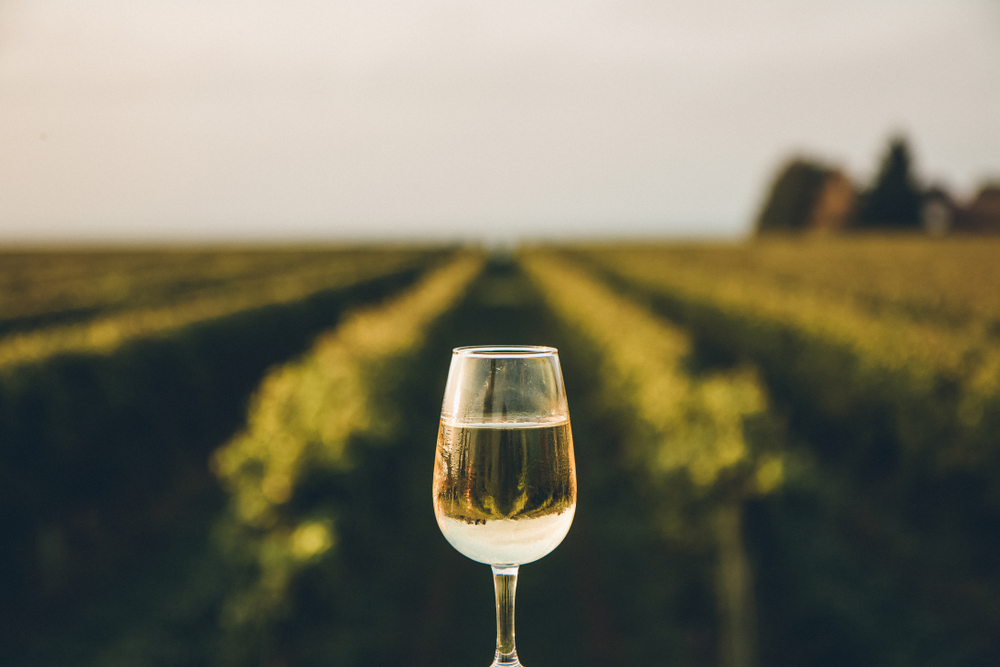
Wine tasting is a sensory experience that involves the evaluation of the wine’s appearance, aroma, flavor, and texture. It is a process that requires the taster to use their senses to identify the wine’s characteristics and quality.
Here are some key steps to follow when tasting wine:
Step 1: Glass
Choose the right glass for the wine you are tasting. The shape of the glass can affect the wine’s aroma and flavor. A wine glass with a wider bowl is ideal for red wines, while a glass with a narrower bowl is better for white wines. The glass should also be clean and free of any residue from previous tastings.
Step 2: Swirl
Swirl the wine in the glass to release its aroma. This step is important because the aroma can give you clues about the wine’s flavor and quality. Hold the glass by the stem and rotate it in a circular motion to create a vortex that will release the wine’s aroma.
Step 3: Aerate
Aerate the wine by taking a deep sniff of the wine. This step allows you to identify the wine’s aroma and flavor. The aroma can give you clues about the wine’s quality and age. Take note of any fruity, floral, or earthy aromas.
Step 4: Palate
Take a sip of the wine and let it coat your palate. This step allows you to identify the wine’s flavor and texture. Take note of any fruity, spicy, or oaky flavors. The texture can be described as light, medium, or full-bodied.
By following these steps, you can have a more enjoyable and informative wine tasting experience. Remember to take your time and savor each sip.
Understanding Wine Varietals
Wine varietals are the different types of wine that are made from specific grape varieties. Each varietal has its own unique flavor profile, which is influenced by the grape variety, the region where it was grown, and the winemaking process.
Understanding wine varietals is essential for anyone who wants to appreciate the different flavors and aromas of wine.
Red Wine Varietals

Red wine varietals are made from red or black grapes and are typically richer and more complex than white wines. Some of the most popular red wine varietals include:
- Pinot Noir: This varietal is known for its light to medium body, high acidity, and flavors of red fruit, such as cherry and raspberry.
- Merlot: Merlot is a medium-bodied wine with soft tannins and flavors of black cherry, plum, and chocolate.
- Cabernet Sauvignon: This full-bodied wine is known for its high tannins, dark fruit flavors, and notes of vanilla and oak.
- Zinfandel: Zinfandel is a bold, spicy wine with flavors of blackberry, pepper, and licorice.
White Wine Varietals
White wine varietals are made from white or green grapes and are typically lighter and more refreshing than red wines. Some of the most popular white wine varietals include:
- Moscato: This sweet, light-bodied wine has flavors of peach, apricot, and honey.
- Chardonnay: Chardonnay is a full-bodied wine with flavors of apple, pear, and vanilla.
- Pinot Grigio: This light-bodied wine has flavors of citrus, green apple, and pear.
Understanding the different varietals of wine can help you choose the perfect bottle to pair with your meal or to enjoy on its own.
It’s also important to note that the same varietal can taste different depending on where it was grown and how it was made, so it’s always worth trying different wines within the same varietal to discover new flavors and aromas.
The Texture and Body of Wine
The texture and body of wine are two important factors that determine the overall experience of drinking wine. Texture refers to the physical sensation of the wine in the mouth, while body refers to the weight or fullness of the wine.
Light-bodied wines are typically refreshing and easy to drink. They have lower alcohol levels, reduced tannins, and less color. Light-bodied wines often taste smooth due to reduced astringency, and they may have a slightly sharp or spicy taste from increased acidity. Examples of light-bodied red wines include Frappato.
Medium-bodied wines fall between light-bodied and full-bodied wines. They have alcohol levels between 12.5% and 13.5% and include wines such as Rose, French Burgundy, Pinot Grigio, and Sauvignon Blanc. These wines are versatile and pair well with a variety of foods.
Full-bodied wines are richer and more complex. They have higher alcohol levels, more tannins, and deeper colors. Full-bodied wines often have a thicker viscosity, which creates a sense of weight or fullness in the mouth. Examples of full-bodied red wines include Cabernet Sauvignon and Syrah.
The body of wine is affected by several factors, including alcohol, sugar, tannins, acidity, and flavor intensity. Higher alcohol wines generally taste bolder and oilier, while lower alcohol wines taste lighter-bodied.
The texture of wine can range from light to full, with light-bodied wines being less viscous than full-bodied wines.
Overall, the texture and body of wine play a crucial role in the overall drinking experience. Whether you prefer a light, refreshing wine or a full-bodied, complex wine, understanding texture and body can help you choose the perfect bottle for any occasion.
The Influence of Climate and Soil on Wine Taste
Wine is a complex beverage that is influenced by many factors, including the climate and soil in which the grapes are grown.
The taste of wine is affected by the environment in which the grapes are grown, including the amount of sunlight, rainfall, and temperature. The quality and quantity of the soil in which the grapes are grown also play a significant role in the taste of wine.
Climate
The climate in which the grapes are grown has a significant impact on the taste of wine. The amount of sunlight, rainfall, and temperature affects the ripening process of the grapes, which in turn affects the flavor of the wine.
Generally, warmer climates produce grapes that are riper and have higher sugar content, resulting in wines that are fuller-bodied and have higher alcohol content.
Cooler climates produce grapes that are less ripe and have lower sugar content, resulting in wines that are lighter-bodied and have lower alcohol content.
Soil
The soil in which the grapes are grown also plays a significant role in the taste of wine. The quality and quantity of the soil affect the nutrients available to the grapevines, which in turn affects the flavor of the wine.
Different types of soil have different characteristics that can affect the taste of wine. For example, soils that are high in limestone can produce wines that have a mineral or chalky taste, while soils that are high in clay can produce wines that are more tannic.
Water
Water is also an important factor in the taste of wine. The amount and quality of water available to the grapevines affects the growth and ripening of the grapes, which in turn affects the flavor of the wine.
Grapevines that are grown in areas with a lot of rainfall may produce grapes that are less concentrated and have lower sugar content, resulting in wines that are lighter-bodied and have lower alcohol content.
Grapevines that are grown in areas with less rainfall may produce grapes that are more concentrated and have higher sugar content, resulting in wines that are fuller-bodied and have higher alcohol content.
In conclusion, the climate and soil in which the grapes are grown, as well as the amount and quality of water available to the grapevines, all play a significant role in the taste of wine.
Winemakers must carefully consider these factors when selecting the location for their vineyards and when growing and harvesting their grapes to produce high-quality wines with unique and complex flavors.
The Role of Fruit and Spice Flavors in Wine
Fruit and spice flavors are some of the most prominent and recognizable aspects of wine taste. These flavors come from the grapes and other ingredients used in the winemaking process.
Fruit flavors in wine can range from bright and acidic to sweet and jammy. Some common fruit flavors found in wine include cherry, apple, pear, peach, apricot, melon, lemon, raspberry, black cherry, strawberry, and blackberry. Different grape varieties and winemaking techniques can accentuate or mute these flavors.
Spice flavors in wine can add complexity and depth to the taste. Some common spice flavors found in wine include pepper, vanilla, and chocolate. These flavors can come from the grapes themselves or from the oak barrels used in aging the wine.
It’s important to note that not all wines will have fruit and spice flavors. Some wines, such as those made with extremely ripe grapes or those aged in stainless steel, may have a more neutral taste. Additionally, some wine drinkers may have a preference for wines that emphasize certain flavors over others.
Overall, the role of fruit and spice flavors in wine is to add complexity and interest to the taste. By understanding these flavors, wine drinkers can better appreciate the nuances of different wines and find ones that suit their individual tastes.
Conclusion
In conclusion, wine tasting is an art that requires a keen sense of smell and taste. The flavors of wine are complex and multifaceted, with different varieties offering unique tastes and aromas.
Wine can be sweet or sour, fruity or earthy, smooth or sharp, depending on the grape variety, soil and climate, maturation, harvest time, processing methods, fermentation, and storage.
When evaluating the quality of a wine, it is important to observe its clarity, color, and color intensity. Wines that display a murky or cloudy appearance are not suitable for consumption. The color and degree of its intensity may indicate a specific type of wine, as well as a clue to its age.
To describe wines like a pro, it is essential to use all your senses and build a personal worksheet template for your wine tasting journey.
Wine appreciation is not only about drinking to feel the flavor, but to feel the whole experience. Wine tasting analysis is a way to fully examine the wine with the five senses.
Finally, the taste of wine is affected by thousands of trace amounts of chemicals that contribute to each wine variety’s individuality, giving the wine its unique flavor, color, and aroma.
The final two percent of the grape consists of these chemicals, and they are affected by various factors such as grape variety, soil and climate, maturation, harvest time, processing methods, fermentation, and storage.
Frequently Asked Questions
What are the different types of wine and their taste characteristics?
There are several types of wine, including red, white, rosé, sparkling, and fortified wines. Each type of wine has its own unique taste characteristics. Red wine is typically described as full-bodied, with flavors such as black cherry, plum, and chocolate.
White wine is often described as light-bodied, with flavors such as citrus, apple, and pear. Rosé wine is typically a blend of red and white wines and has a refreshing, fruity taste. Sparkling wine is bubbly and has a crisp taste, while fortified wines are often sweet and have a higher alcohol content.
How would you describe the taste of red wine?
Red wine has a complex taste that is often described as full-bodied. It can have flavors such as black cherry, plum, chocolate, and tobacco.
Red wine can also have a tannic taste, which is a dry and bitter sensation in the mouth. The tannins in red wine come from the grape skins, seeds, and stems.
What are the common flavors found in white wine?
White wine is often described as light-bodied, with flavors such as citrus, apple, and pear. It can also have a floral taste, with hints of honey and vanilla. Some white wines, such as Chardonnay, can have a buttery taste due to oak aging.
What makes Champagne taste unique compared to other wines?
Champagne is a type of sparkling wine that is made using a specific method called the méthode champenoise.
This method involves a secondary fermentation in the bottle, which creates the bubbles in the wine. Champagne also has a unique taste due to the specific grapes used in its production, such as Chardonnay, Pinot Noir, and Pinot Meunier.
Why do some people find wine unpleasant to taste?
Some people may find wine unpleasant to taste due to the tannins or acidity in the wine. Tannins can create a dry and bitter sensation in the mouth, while acidity can create a sharp and sour taste.
Additionally, some people may have a sensitivity to sulfites, which are a natural byproduct of the winemaking process.
Is wine generally considered to be a sweet or sour beverage?
Wine is not generally considered to be a sweet or sour beverage, but rather a complex and nuanced one. The taste of wine can vary greatly depending on the type of wine, the region it was produced in, and the winemaking process used.
While some wines may have sweet or sour notes, many wines have a balanced flavor profile that includes a combination of sweet, sour, and savory flavors.



